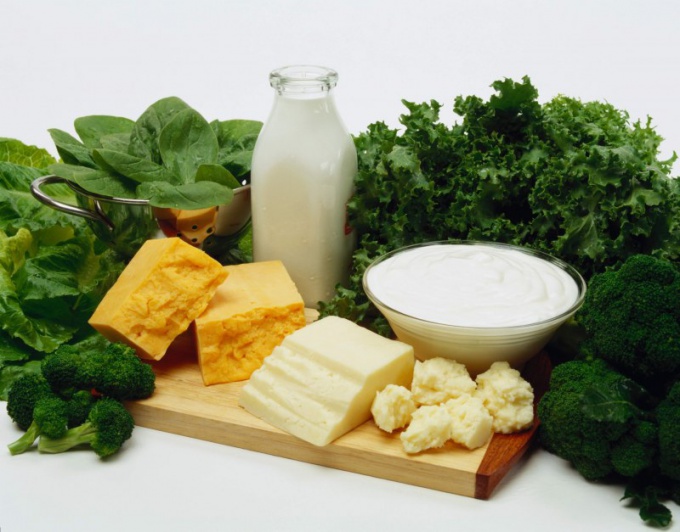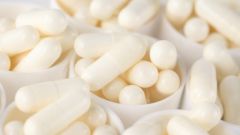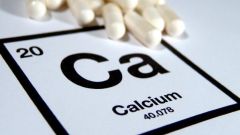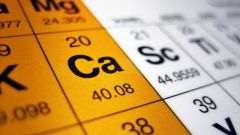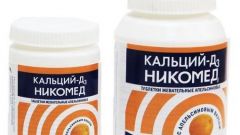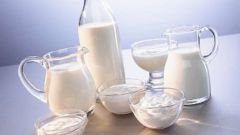Instruction
1
Often eat cottage cheese: it contains the optimal ratio of calcium and phosphorus, and also magnesium. The alternative to cheese can be fresh greens, eggs and some fish (e.g. mackerel). Useful product are legumes. The perfect ratio of calcium, magnesium and phosphorus have pea soup, tofu and salads with beans. Magnesium rich whole wheat bread and cocoa.
2
Milk and its derivatives contain calcium in the form of easily digestible lactate. A little worse to digest citrate, and other similar compounds found in broccoli, Kale, leafy greens, almonds, turnips and fish. A large amount of calcium in easily digestible form different sesame: 100 grams of product have daily allowance of this useful element.
3
Drink every morning a tablespoon of sesame oil. For lunch you can eat salad broccoli and leafy greens, tucking it with sour cream or cottage cheese and sprinkled with sesame seeds. As a calcium-rich dessert suitable almonds and figs.
4
Eat dried apricots, which are rich in potassium, stopping the loss of calcium. Thus it is necessary to abandon the butter spreads, margarine, canned sauces, they contain hydrogenated fats that prevent the absorption of calcium.
5
Supplement your diet with nutrients, "conductive" calcium inside. These include vitamin D, which improves calcium absorption to 30-40%, normalizing its balance with phosphorus. Vitamin D is essentially a prohormone that is used by the parathyroid glands to produce substances that are responsible for calcium metabolism.
6
Avoid foods that lead to loss of calcium. These include caffeine, salt and fat. Prevents absorption of excess calcium, phosphate, oxalic and phytic acids, which are part of sorrel, spinach, beet and other vegetable products. Eat them slowly.
